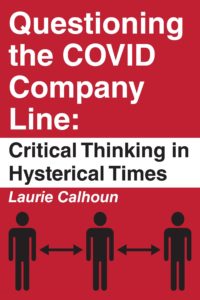Growth in the supply of US dollars fell again in September, this time to a 116-month low of 3.4 percent. The last time the money supply grew at a smaller rate was during January 2008 — also at a rate of 3.4 percent.

The money-supply metric used here — an “Austrian money supply” measure — is the metric developed by Murray Rothbard and Joseph Salerno, and is designed to provide a better measure than M2. The Mises Institute now offers regular updates on this metric and its growth.
The “Austrian” measure of the money supply differs from M2 in that it includes treasury deposits at the Fed (and excludes short time deposits, traveler’s checks, and retail money funds).
M2 growth also slowed in September, falling to 5.1 percent, a 76-month low.
Money supply growth can often be a helpful measure of economic activity. During periods of economic boom, money supply tends to grow quickly as banks make more loans. Recessions, on the other hand, tend to be preceded by periods of falling money-supply growth.
Current trends in money supply growth suggest a slowing in loan activity due to a lack of good borrowers, among other possibilities. Given that savings rates have fallen to 10-year lows in recent months suggests that new borrowers may be increasingly hard to find for lenders.
Thanks to the intervention of central banks, of course, money supply growth in recent decades has never gone into negative territory.
Nevertheless, as we can see in the graph, significant dips in growth rates show up in years prior to a economic bust or financial crisis. The current trend is an unusual one in which growth in AMS is smaller than it is in M2. In the past this situation has often pointed toward a recession.
For more insights into what’s affecting money supply growth, we can look at loan activity, such as the Federal Reserve’s measure of industrial and commercial loans.
In this case, we find that the growth rate in loans was at 2 percent in September. That’s the second-lowest rate we’ve seen since 2004. Growth is down substantially from where it was in 2015.

We find similar trends in real estate loans, although not to the same extent. Real estate loan growth was at 4 percent in September, a 29-month low.





























